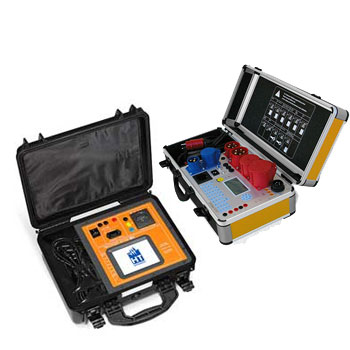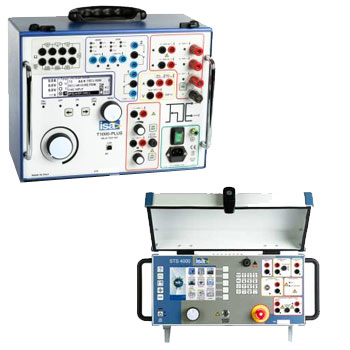The Minimess®-test point 1215 needs less space because of its small screw thread. It is available in free-cutting or high-grade steel with several metric and international connecting threads. Minimess®-Test Point 1215 is available in a huge range of versions and accessories.
 Certificate Certificate |
 Datasheet Datasheet |
 Datasheet (Gas) Datasheet (Gas) |

Minimess® DVGW Gas Couplings & Gas Hoses – safe test & service points for natural gas, LPG & technical gases
DVGW-certified Minimess® gas couplings and gas hose assemblies enable low-emission testing, venting and filling on gas installations—from natural gas/H₂ blends and LPG to technical gases. Dry-break designs with integrated shut-off and gas-grade seal materials improve safety, reduce emissions and speed up commissioning and maintenance.
Features (model-dependent): DVGW/CE conformity, corrosion-resistant bodies (brass, 316L stainless), seals HNBR/NBR/FKM/PTFE, check/shut-off elements, yellow gas identification, matching gauge/analysis ports; hose types to relevant standards (e.g., EN 14800 domestic connectors, EN ISO 10380 metal corrugated hoses, EN 16436 LPG).
ICS Schneider Messtechnik supports selection, adaptation, leak testing and documentation—from mobile test kits to fixed measuring points in industrial and building applications.
FAQ on Minimess® DVGW Gas Couplings & Gas Hoses
Answers on standards, media compatibility, seals, pressure ranges, installation, leak testing, safety and accessories.
What are DVGW gas couplings used for?
They provide service-friendly connection points on gas lines for pressure/leak testing, venting/flushing, sampling and temporary gauge/sensor hookup—with low spillage handling.
Which standards and rules apply?
Depending on the application: DVGW approval, TRGI (buildings), EN 14800 (domestic hoses), EN ISO 10380 (metal corrugated hoses), EN 16436 (LPG hoses) and, where applicable, ATEX for hazardous areas.
Which gases are suitable?
Natural gas (H/L), biogas, H₂ admixtures (model-dependent), LPG/propane/butane, nitrogen, CO₂, air and many technical gases. Always verify seal compatibility.
What pressure and temperature ranges are typical?
Series-dependent from low to medium pressure (e.g., sub-bar up to double-digit bar). Typical temperature −20…+70 °C, depending on gas and sealing. Check the datasheet for exact limits.
Which sealing materials should I choose?
| Material | Properties | Typical use |
|---|---|---|
| HNBR | Excellent gas/fuel resistance | Natural gas, LPG, many tech gases |
| NBR | Proven, economical | Standard NG/LPG connections |
| FKM | Higher temperature/chemicals | Process/specialty gases |
| PTFE | Very broad chemical resistance | Demanding media, permeation control |
What body materials are available?
Nickel-plated brass for building services and 316L stainless steel for industrial/process duties—both with DVGW-compliant materials and gas-grade seals.
Can I couple under gas pressure?
Many versions are dry-break with integral shut-off. Always follow TRGI practices: ensure ventilation, use suitable gas-rated instruments and observe safety distances.
Which hose types are offered?
- Metal corrugated hoses (EN ISO 10380) – tight, temperature-resistant, often with stainless braid.
- Domestic/appliance hoses (EN 14800) – flexible connectors with flame/anti-kink protection.
- LPG hoses (EN 16436) – for propane/butane, optional antistatic and flame-retardant layers.
How should I install the coupling correctly?
- Keep sealing faces clean; use the correct O-ring/face seal.
- Start threads by hand, tighten to the specified torque.
- Use only gas-approved sealants—avoid oil-based lubricants.
How do I perform a leak test?
After installation, use leak detection spray or a manometer test per TRGI/DVGW. Record results in a test protocol.
Which interfaces/adapters are common?
G/BSPP, NPT, metric threads and plug-in/quick couplers for gauges and analyzers. Accessories include dust caps, shut-off cocks, check valves, and vent/flush adapters.
How can I minimize emissions while coupling?
Use dry-break designs with double shut-off, align connections axially, and engage the lock until an audible/tactile click. Protect interfaces with dust caps.
Is hydrogen service supported?
Many components support H₂ blends. For pure H₂ service, confirm material/seal compatibility and permeation performance with us.
What identification is available?
Yellow marking for gas lines, optional labels/tags for medium and pressure to avoid mix-ups.
What about ATEX?
In hazardous areas select ATEX-compliant devices, ensure equipotential bonding and use conductive hoses where required.
How often can hoses and couplings be reused?
Metal components are long-lived; O-rings and hose liners are wear parts. Inspect regularly for cracks, flattening, aging and replace per manufacturer guidance.
What are typical mistakes and fixes?
- Micro-leakage → clean seat, replace O-ring, verify torque.
- Stiff coupling → check alignment, remove contamination.
- Wrong sealant → use gas-approved product, remake the joint.
How do I connect gauges or analyzers?
Use gas-rated adapters (e.g., G/NPT/metric to instrument thread) and calibrated gauges/loggers; add shut-off and check valves where appropriate.
What documentation can be provided?
DVGW certificates, material certificates (EN 10204), pressure/leak test records and, on request, a complete commissioning checklist.
Do you support selection, commissioning and training?
Yes—we select materials/seals, define adapters/hoses, create leak-test concepts, supply records and train your team for TRGI-compliant procedures.












































































































































































